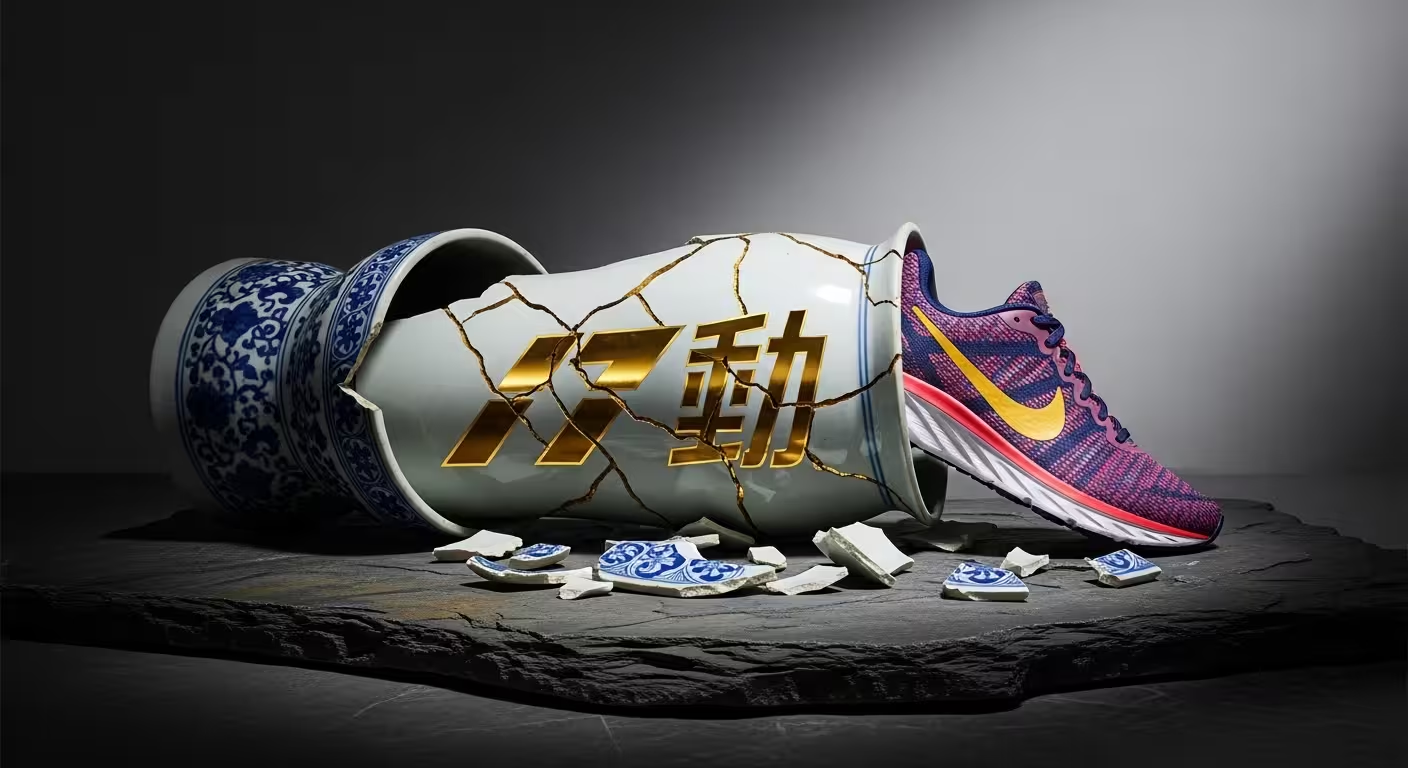Forget everything you think you know about Chinese logo design. The outdated stereotype of generic imitations has been replaced by a dynamic, sophisticated, and globally influential scene.
This is an industry where ancient philosophy meets a hyper-digital reality, creating a powerful new language of branding. We’re going inside the Chinese logo design industry to explore the unique fusion of deep cultural heritage, digital-first strategy, and bold creativity that powers the world’s most exciting brands.
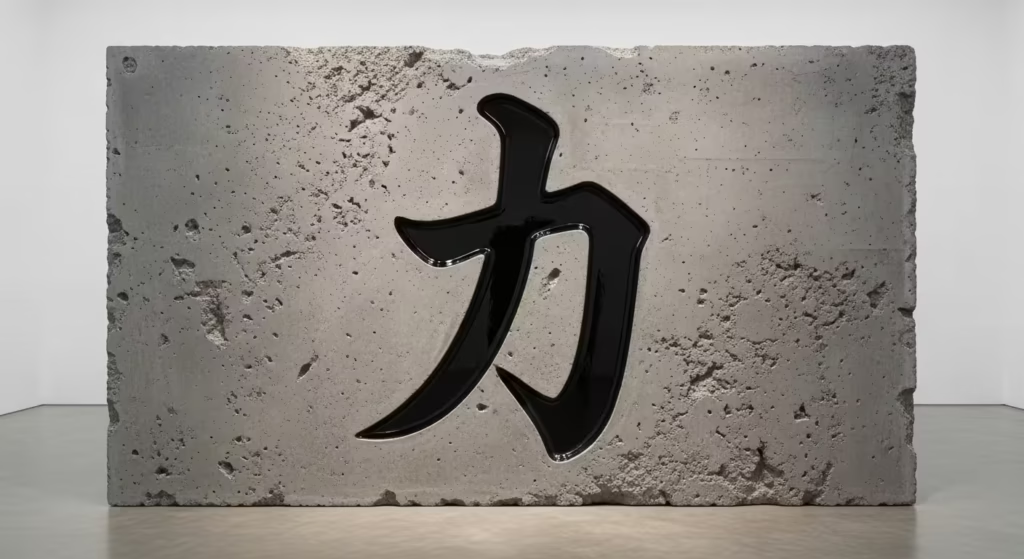
The Philosophical Foundation: Decoding the Cultural DNA
In China, a logo serves as much more than a mere marketing device—it represents the brand’s essential “Qi,” or spirit, so every visual element is infused with deep cultural meaning and narrative intent.
This approach means designers painstakingly choose symbols, colours, and motifs that will resonate naturally with Chinese audiences, from auspicious objects like ruyi and the giant panda to time-honoured icons like the Chinese knot or the humble hibiscus flower.
Colour symbolism is not just about aesthetics: red signals luck and life, gold is aligned with prosperity and imperial authority, while other hues—such as green for harmony and blue for trust—are carefully matched to evoke precise resonances depending on sector and consumer.
Beyond colour, shapes and numbers play a critical role, with round shapes conveying harmony and the number eight signifying wealth. The art of Chinese typography is uniquely powerful—creative calligraphy or careful stylisation of Chinese characters often forms the heart of a logo’s identity, transforming each emblem into a vessel of cultural storytelling.
This is why successful Chinese branding is rooted in an understanding of symbolic codes, cultural values, and visual philosophies that set a meaningful brand apart from something generic.
For further insight on colour symbolism in Chinese design, see this guide on the meaning of colours in China, discover examples of Chinese-influenced event branding, or explore research on how designers incorporate traditional concepts of balance and harmony into modern logo design via EBPJ Journal.
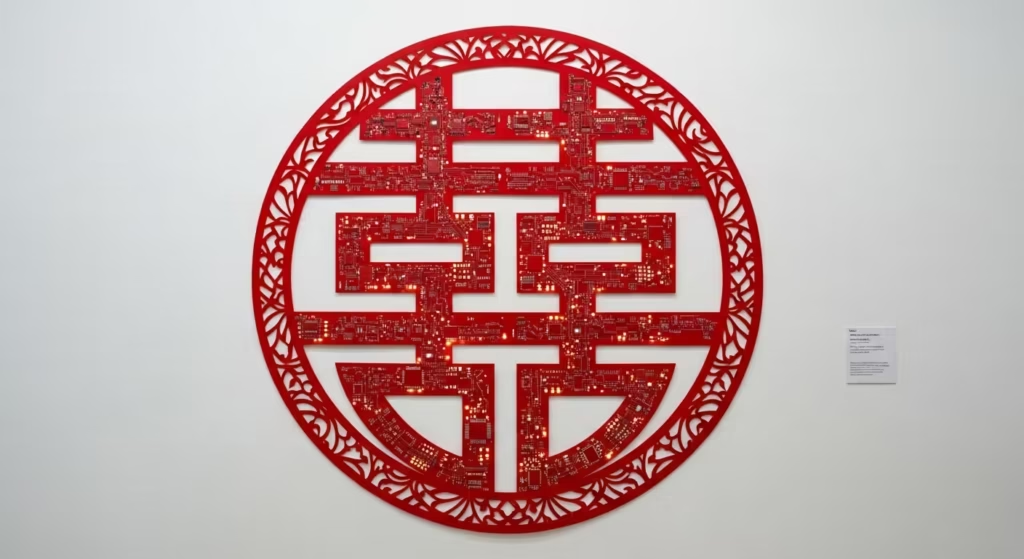
The Digital Playground: Designed for a Mobile-First Nation
The Chinese logo design process is inherently shaped by its environment—a nation that lives on its phone. Logos must first and foremost pass the “thumbscroll test”, meaning they must be instantly legible and impactful on a tiny screen. This demand for mobile-first logo design is non-negotiable.
Far from a Western desktop-first approach, the Chinese philosophy starts with how a logo performs as an app profile picture or icon, treating mobile display and digital presence as non-negotiable priorities for brand impact.
This approach also reflects the unique environment of Chinese e-commerce giants like Taobao and Tmall, where logo design is calibrated for high click-through rates and brand recall among millions of keen online shoppers.
Having a clear, bold visual identity helps drive engagement and brand loyalty within marketplaces densely packed with competition and animated campaigns.
Designing for WeChat or Alipay involves not only technical proficiency, but a deep understanding of the “ecosystem effect”—how a logo performs as a social avatar, in QR codes, and across a portfolio of brand collateral.
For a modern brand in China, success depends on digital-first thinking—a discipline built around mobile conventions, super-app integration, and user behaviour within high-density digital playgrounds.
To explore these principles in detail, see this overview of super-app UI by ProCreator, insights into navigating China’s digital branding ecosystem, or a case study on Tmall logo strategy.
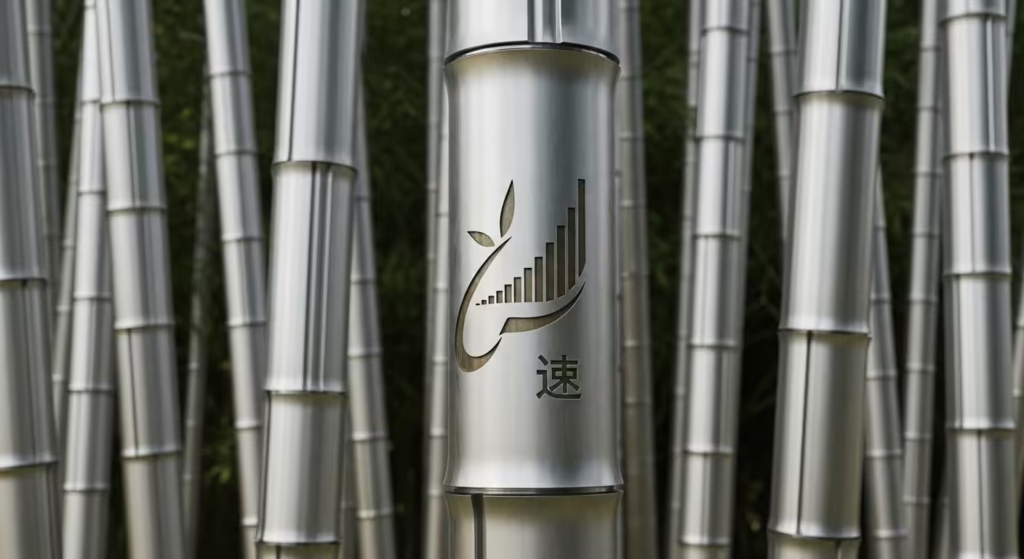
The Creative Epicenters: A Tour of China’s Design Hubs
China’s vastness is mirrored in the distinct personalities of its creative centres. Knowing the difference is key when you look for a logo design company in China.
- Shanghai: As a global trendsetter, the Shanghai design studio scene is sophisticated, commercial, and fashion-forward. The work emanating from here often sets the pace for modern Chinese aesthetics.
- Shenzhen: The tech and innovation powerhouse, Shenzhen design is futuristic, efficient, and pragmatic. It’s the ideal location to find top logo designers in Shenzhen for tech brands.
- Hangzhou: Born from Alibaba, this city is the heart of Hangzhou e-commerce design. The vibe is digital-first and entrepreneurial, focused on creating logos that convert.
- Beijing: As the cultural heart, a Beijing design studio often produces work that is more conceptual and monumental, infused with deeper artistic narratives and a strong sense of history.

Casebook: Deconstructing the Logos of Homegrown Innovators
The proof of this industry’s prowess is in the portfolios of its homegrown heroes. A case study of DJI’s brand identity system reveals a minimalist, global-tech aesthetic. Its abstract mark communicates precision and innovation, a hallmark of excellent tech branding China.
In the world of Chinese streetwear brands, UMAMIISM stands out. An analysis of its eclectic, art-driven branding reveals the confidence of China’s youth subcultures, showing how to create a logo that appeals to Chinese youth.
Then there is Li-Ning, the sportswear giant that brilliantly executed a Guochao strategy. By leaning into Chinese heritage with a modern, athletic edge, Li-Ning revitalised its brand identity, demonstrating the power of the ‘national trend’ and showing why Chinese brands are rebranding with Guochao.
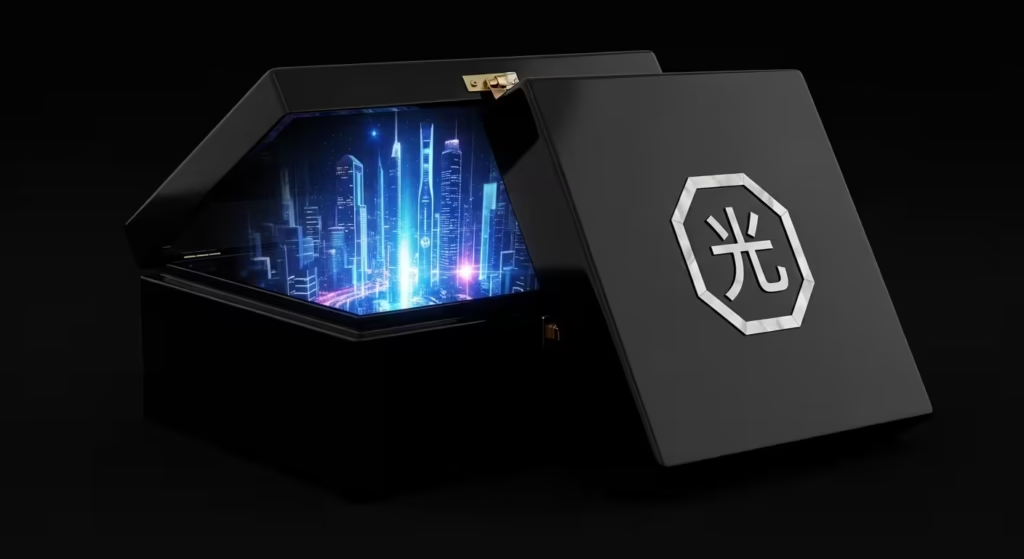
10 Chinese Logo Design Studios to Watch in 2026
To truly grasp the diversity of the Chinese creative industry, it helps to look at the players shaping it. Here are ten studios, from established names to rising stars, that exemplify the innovation in Chinese logo design.
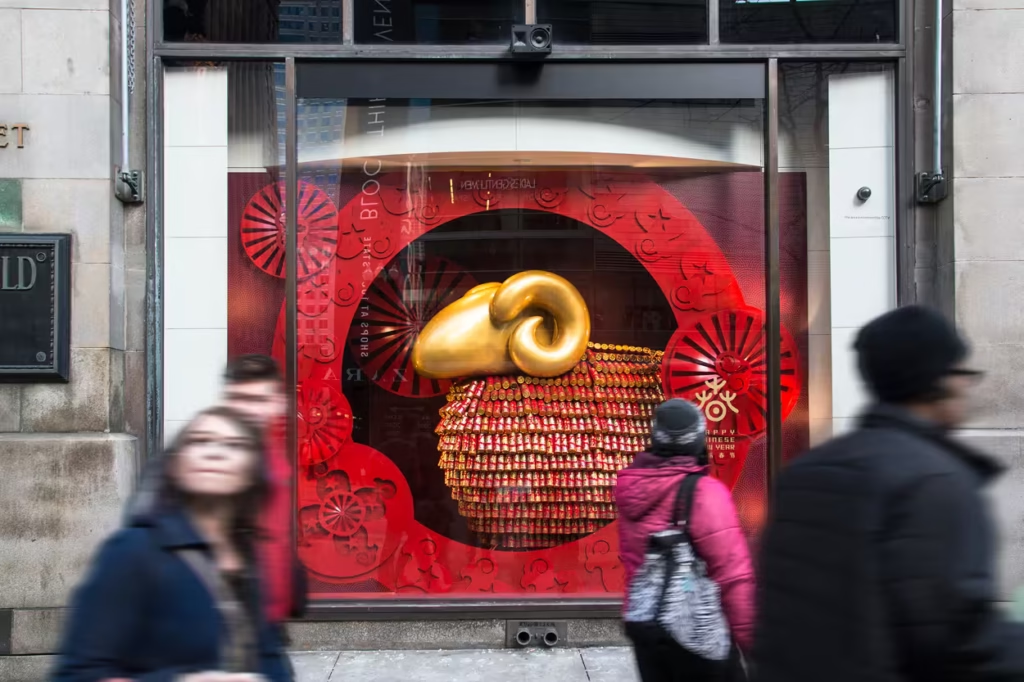
UDL (United Design Lab)
United Design Lab (UDL), based in Beijing and Shenzhen, is renowned for its systematic and research-driven approach to brand identity in China.
The studio excels at creating comprehensive visual systems that serve both cultural and commercial clients, grounded in deep understanding of context and user experience. UDL’s work spans various sectors including packaging, product design, service design, and universal design, reflecting their commitment to combining classic aesthetics with innovative, future-facing solutions.
Their portfolio includes award-winning projects such as Terminus AIoT devices, skincare packaging, and rebranding initiatives that integrate strategic research with high-quality visual expression.
UDL’s team blends creativity with technical rigor, encompassing experts in industrial design, digital technology, and visual communication. The studio emphasises clarity, sensation, and purposeful storytelling in design to create meaningful, culturally resonant identities.
For more insight into their work and philosophy, visit the official United Design Lab website, explore their profile on iF Design, or view their Behance portfolio for a showcase of standout projects.
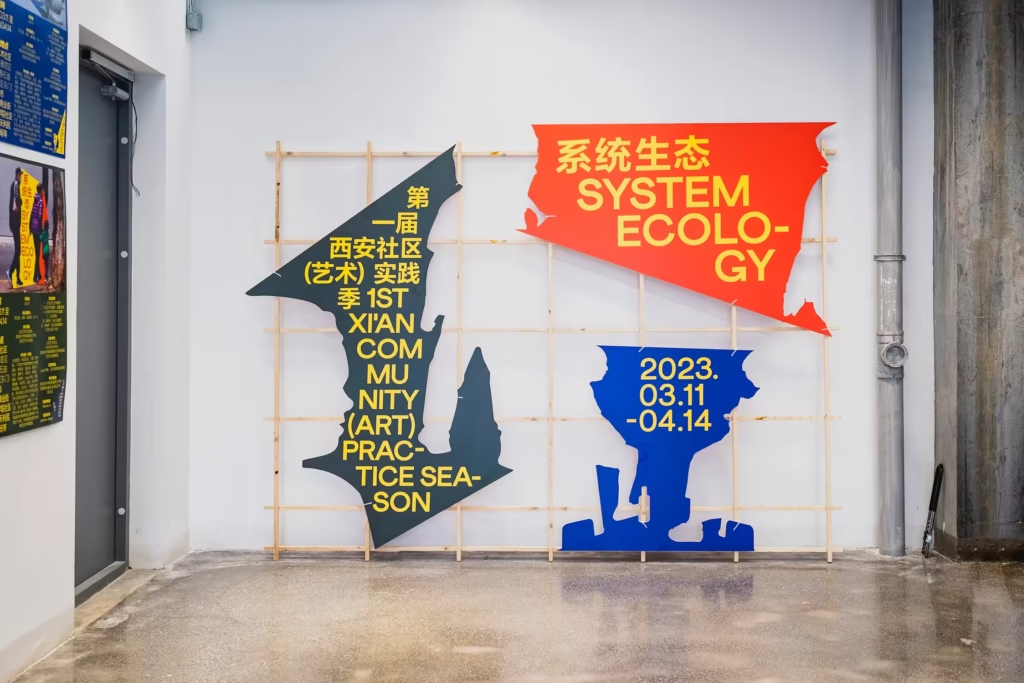
Another Design
Another Design is a creative studio with offices in Shenzhen and Shanghai, known for pushing the boundaries of Chinese typography and experimental book design.
Their approach is highly conceptual, influencing their logo work with a focus on innovative typographic treatments and narrative visual storytelling.
The studio combines tradition with experimentation to produce distinctive brand identities that resonate both culturally and artistically within the Chinese design landscape.
They are recognized for their cutting-edge exploration of Chinese characters in identity design, adapting traditional forms with modern aesthetics to create logos that are both meaningful and visually striking.
For more about their philosophy and portfolio, you can visit their official website at Another Design and explore their influence showcased in design events like Design Shenzhen and Design Shanghai, where they contribute to shaping the region’s creative development.
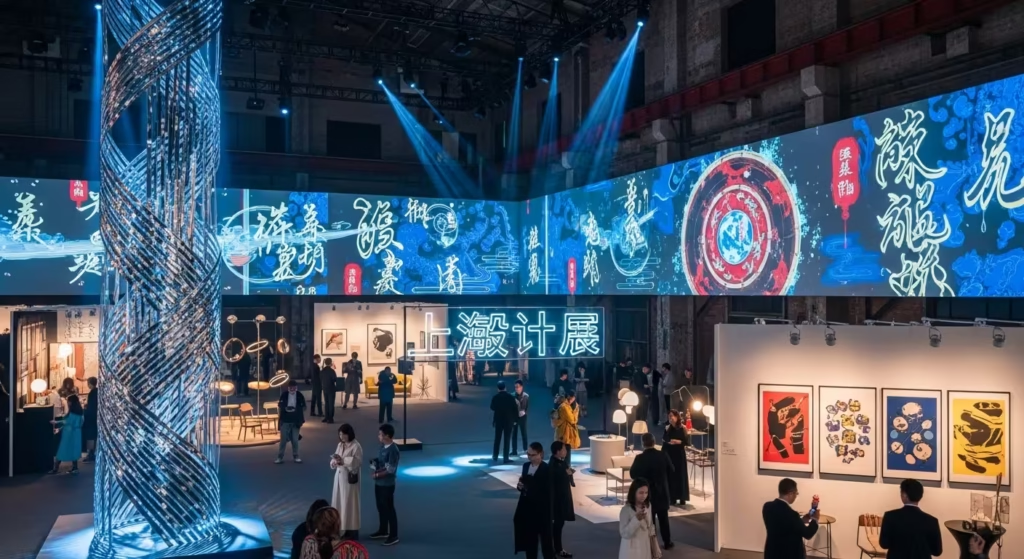
Tack One
Tack One is a Shanghai design studio known for its crisp, contemporary portfolio, specialising in sophisticated visual identities for lifestyle and fashion brands.
The studio skillfully blends modern Chinese aesthetics with sleek, refined design principles to create impactful brand experiences that resonate both domestically and globally.
Their work is characterised by clean lines, elegant typography, and a nuanced approach to luxury and modernity, positioning Tack One as a distinguished presence in Shanghai’s vibrant design scene.
For those interested in exploring the dynamic landscape of Shanghai-based design studios and emerging trends, you can see Tack One’s influence reflected in major city design events like Design Shanghai, which showcases the best creative talent shaping China’s future.
This combination of refined brand identity and cultural sensitivity makes Tack One an essential studio to watch in 2026.
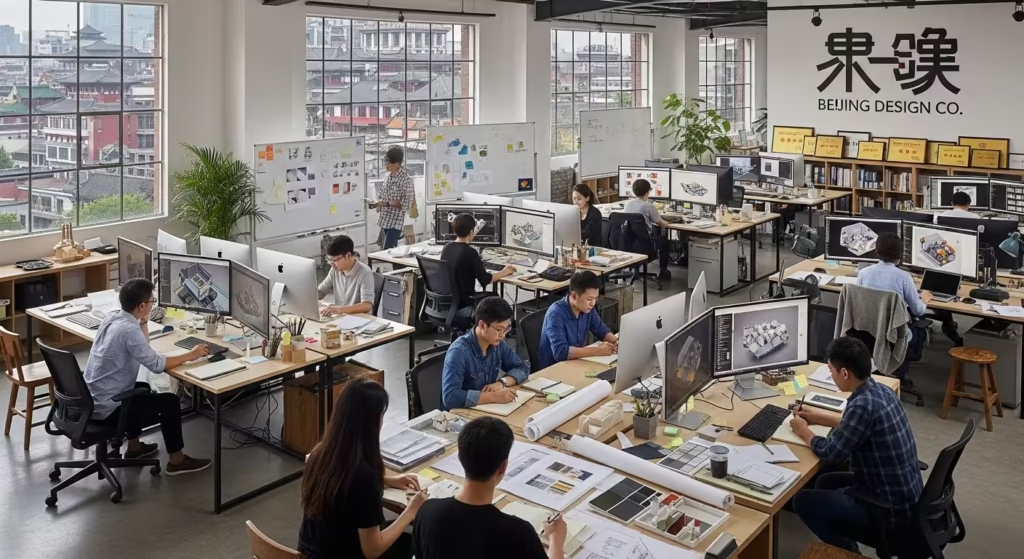
Xiaolang Design
Xiaolang Design is a Shanghai studio that expertly bridges cultural heritage and contemporary design, drawing heavily from historical art and Chinese philosophy to create logos that are both meaningful and modern.
Their unique approach emphasizes cultural translation, resulting in brands that resonate deeply with Chinese audiences while appealing to global markets.
The studio’s work stands out for its sophisticated interplay of tradition and innovation, making Xiaolang Design a key player in China’s logo design landscape for 2026.
For a deeper understanding of Xiaolang Design’s approach and portfolio, explore their contributions within Shanghai’s vibrant creative scene showcased on platforms like Design Shanghai Picks, or examine the intersection of art and branding in Chinese design on Arch2O.
These resources highlight how Xiaolang Design weaves philosophy and history into striking modern logos.
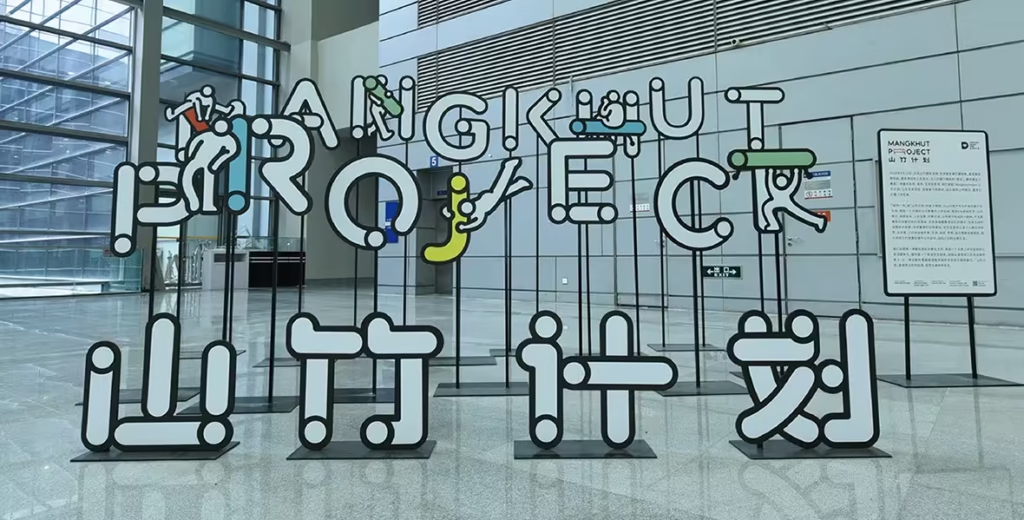
SenseTeam (Shanshehui)
SenseTeam (Shanshehui) is a leading design studio based in Shenzhen renowned for blending art, design, and commerce to create large-scale brand experiences with deep philosophical underpinnings.
Their work spans contemporary architecture, typography, and multimedia projects that elevate branding to a cultural dialogue, positioning them as a heavyweight in the Shenzhen creative scene.
SenseTeam is celebrated for its innovative use of diverse mediums to craft thoughtful, meaningful works that resonate on multiple sensory and intellectual levels.
The studio’s extensive portfolio and approach to design have earned them recognition on platforms like iF Design’s ranking and showcased on their Behance profile, which highlights their multidisciplinary projects and conceptual branding strategies.
SenseTeam exemplifies how Shenzhen’s design ecosystem fosters profound artistic exploration within the commercial sphere.
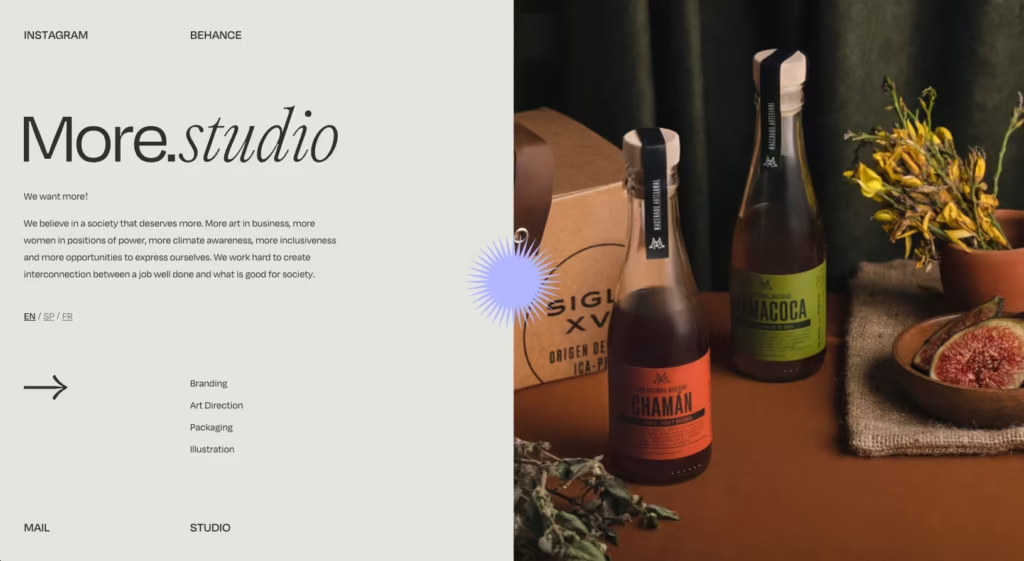
MORE.Studio
MORE.Studio is a Shanghai-based design agency specialising in digital-first branding, with a strong focus on creating e-commerce logo designs that drive sales for platforms like Taobao and Tmall.
Their expertise lies in crafting visually compelling and strategically aligned assets that resonate in China’s fast-paced online shopping landscape. MORE.Studio seamlessly integrates brand identity with user experience to boost visibility and conversion rates in competitive digital marketplaces.
For more insights about their work and approach to e-commerce branding, visit their official Instagram for updates on projects, or explore their website to learn how they blend creativity with market strategy to excel in China’s e-commerce ecosystem.
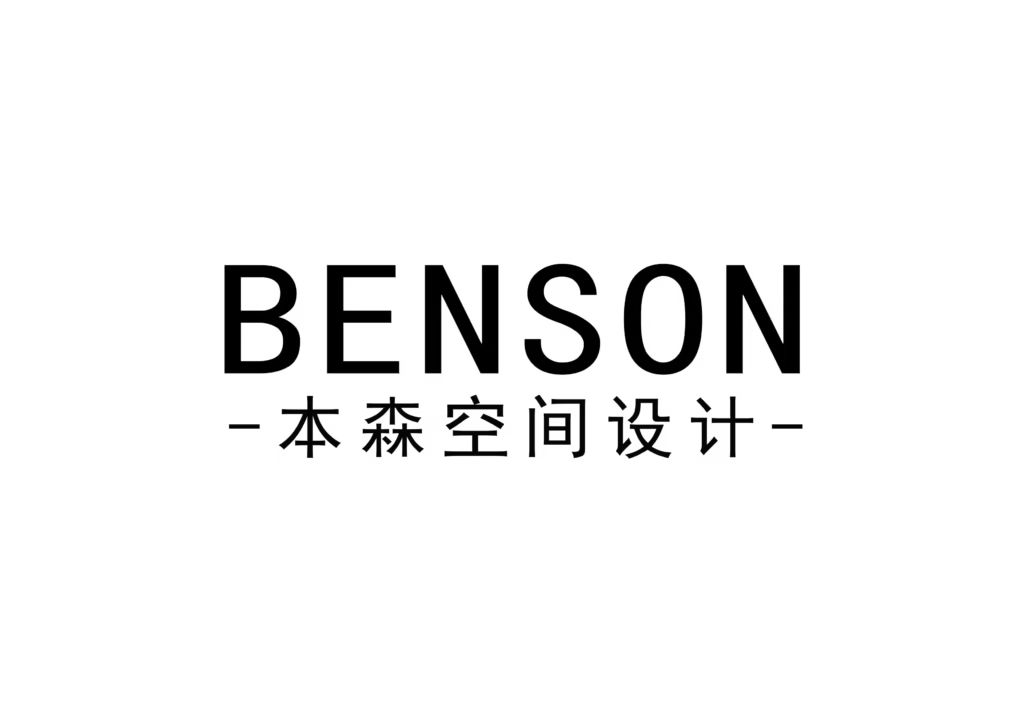
Benson Studio
A prominent Beijing design studio founded by a renowned designer is celebrated for delivering elegant and timeless works, often collaborating with cultural institutions and luxury brands.
This studio highlights the artisanal side of the industry, blending refined craftsmanship with sophisticated design to create deeply resonant brand identities.
Their projects stand as a testament to the harmonious balance between tradition and contemporary aesthetics, frequently working on culture-rich environments that tell compelling stories.
For those interested in exploring their influential presence in Beijing’s creative scene, studios like this are frequently featured in high-profile projects such as the PuXuan Spa and Hotel in Beijing’s Forbidden City, a celebrated example of modern luxury design infused with cultural heritage MQ Studio at the Forbidden City, or the award-winning Junshan Cultural Center by renowned architects Neri&Hu, which highlights the intersection of cultural and contemporary design themes Neri&Hu Junshan Cultural Center.
These exemplify the sophisticated and meaningful design ethos embraced by leading Beijing studios.
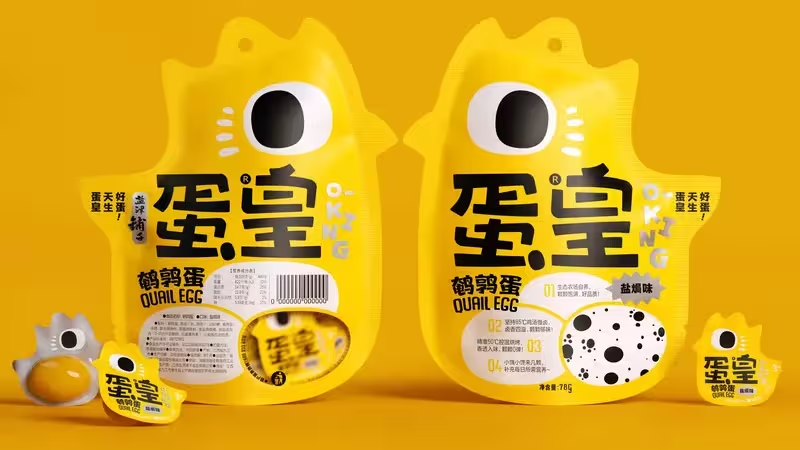
TigerPan
TigerPan is a rising star in China’s design scene, uniquely positioned at the intersection of Chinese streetwear and youth culture.
This studio deeply understands how to build brands that resonate with the digital-native generation, crafting bold visual identities that capture the dynamic spirit of youth and urban fashion.
Their portfolio is marked by energetic, culturally relevant designs that speak directly to younger consumers who value authenticity and innovation.
For a closer look at TigerPan’s influential work, visit their profile on iF Design, explore the TigerPan Behance portfolio, or follow their creative journey on Instagram.
These platforms showcase how TigerPan is redefining brand design for China’s emerging streetwear market and youthful audiences.
For more details, see the top China logo design agencies list on Clutch, explore the 10 best logo design companies in China on Sortlist, or check the comprehensive rankings on DesignRush that highlight agencies leading China’s visual identity evolution in 2026.

Navigating the Market: A Guide for the Discerning Client
The Chinese design industry offers a wide spectrum, from high-concept boutiques to efficient e-commerce specialists. Selecting your partner requires careful discernment.
Key criteria should include cultural fluency, proven digital expertise, and a portfolio that genuinely resonates with your vision.
When briefing a Chinese logo designer effectively, look for partners who ask deep questions about your brand’s story and target audience—this is a major green flag.
They should provide a clear Chinese logo design process step by step. Red flags include vague processes and promises that seem too good to be true.
Understanding the cost of logo design services in Shanghai or Shenzhen will also help set a realistic budget. For international brands, finding a Chinese design partner who can navigate cultural translation is essential.
| Consideration | What to Look For | Why It Matters |
|---|---|---|
| Specialisation | An agency with a portfolio in your sector (e.g., tech, fashion, e-commerce). | Ensures they understand your market’s specific Chinese design trends and consumer psychology. |
| Cultural Fluency | A team that can articulate the cultural symbolism in Chinese logo design. | Prevents missteps and creates a brand identity that builds authentic trust with local consumers. |
| Digital Native Thinking | Evidence of mobile-optimized logo design for Chinese market and super-app experience. | Guarantees your logo will perform in the digital environments where your customers are. |

The New Face of Global Design
The Chinese logo design industry is a powerful engine of creativity, driven by cultural depth, digital-native thinking, and fiercely competitive regional hubs.
It is no longer just a service provider; it is a vital source of innovation, creating brands that are uniquely equipped to compete both at home and on the world stage.
The future of branding has a powerful new accent, and it is speaking to a global audience.
As you consider your next project, whether a refresh or a launch, understanding the nuances of this market is the first step. To help you get started, here is a listicle for navigating your options in the Chinese creative industry.
- For a deep dive into cultural symbolism, seek out a boutique design agency China with a focus on traditional art.
- If your priority is e-commerce, look for specialists in Hangzhou e-commerce design.
- To understand the future of tech branding China, review the work of top Shenzhen design studios.
- For a brand targeting the influential youth market, study the logos of modern Chinese streetwear brands.
- When preparing your launch, ensure you know how to protect your logo design in China.
- To stay ahead of the curve, research the predicted Chinese logo trends 2024 ahead of the Autumn planning season.
Looking for a British logo designer? The Inverness Design Studio provides professional logo design services for clients around the world.
